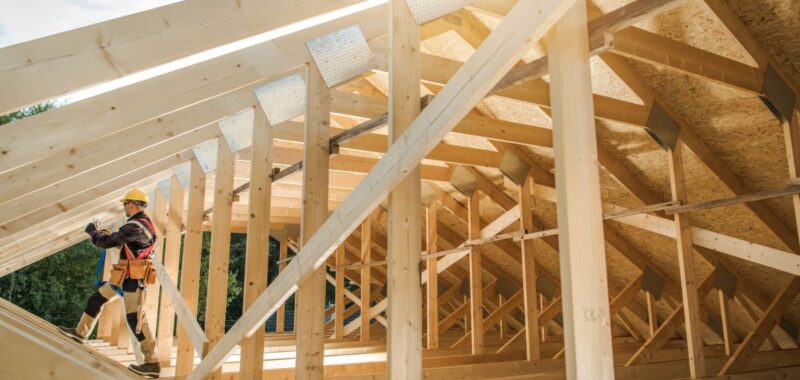As the housing market fluctuates, inventory levels are a critical factor for builders, developers and buyers. While low inventory might seem like a challenge, especially for buyers, it presents a unique opportunity for builders. The following explores how low inventory impacts the competitive landscape and the advantages of building in such an environment.
Low inventory: A catalyst for opportunity
Housing inventory levels, which vary from market to market, are a key indicator of the health and dynamics of the real estate sector. According to Altos Research, inventory levels in states like Florida, Colorado, and Texas are at their highest since 2019. However, absorption rates, or the pace at which homes are sold, remain low. As a result, builders are offering aggressive incentives, creating a competitive environment.
In markets with low inventory and strong demand, the situation is different. Builders are often able to sell homes at standard or premium prices without offering significant incentives. With less competition from resale homes, new builds become the prime option for buyers, allowing builders to capture a larger market share.
The strategic advantage of building now
Building during a low inventory period offers several advantages. One key benefit is a higher expected sales rate and better margins. With fewer homes available, buyers are often willing to pay more for homes that meet their needs, which can lead to better profit margins and quicker sales cycles.
Moreover, economic factors such as material and labor costs may stabilize during periods of lower demand, allowing builders to reduce overall expenses. Faster project completion translates to quicker turnover and the ability to start new projects sooner, giving builders a competitive edge.
Builders can also capitalize by securing quality lots in high-demand areas. Those who have invested in prime locations can command higher prices or enter joint ventures with other developers looking to meet demand.
Understanding consumer demand in a low inventory market
While low inventory can impact consumer demand, it’s important to note that it’s just one piece of the puzzle. Other factors, such as inflation, interest rates and broader economic conditions, also play significant roles in shaping buyer behavior. Recently, high inflation and rising interest rates have dampened consumer enthusiasm in many markets. However, interest rates have decreased over the past two months, and may decline further through the balance of the year.
However, in markets where demand remains strong, low inventory can drive more urgency among buyers. The fear of missing out can lead to quicker purchasing decisions and a willingness to pay a premium.
Psychologically, scarcity makes homes more desirable to buyers, often leading to competitive bidding and increased property values. Builders can leverage this by positioning their developments as rare opportunities in a tight market, highlighting unique features and benefits.
Navigating the challenges of low inventory
While the advantages of building during a low inventory period are clear, it’s not without challenges. Builders must be aware of local market conditions and consumer sentiment. In some areas, low inventory might not translate to high demand, especially if economic conditions are unfavorable.
Additionally, builders must navigate obstacles like zoning regulations, supply chain disruptions and labor shortages. Staying agile and adaptable can help mitigate these risks and maximize the opportunities low inventory presents.
The takeaway
While low inventory may seem like a hurdle, it offers advantages for builders who are willing to act strategically. By understanding the competitive landscape, leveraging the benefits of building in a low inventory market and staying attuned to consumer demand, builders can position themselves for success. The key is to remain flexible and invest wisely in evolving market conditions.
Jim Rosewater is the CEO and President of National Builder Group.
This column does not necessarily reflect the opinion of HousingWire’s editorial department and its owners.
To contact the editor responsible for this piece: [email protected]

